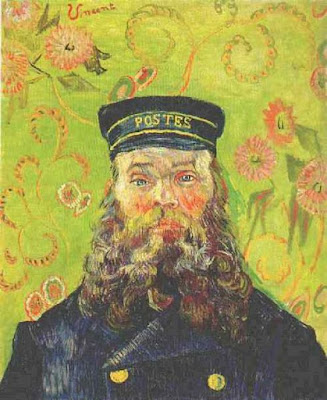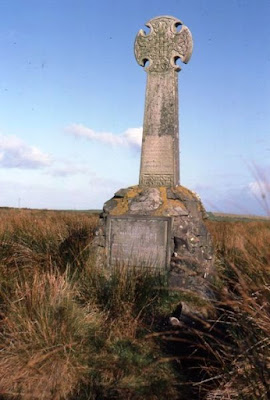What better way to start than:
Hail to thee, blithe
spirit
 |
| Skylark with a caterpillar in its beak |
(By Daniel Pettersson - CC A-S A 2.5 Sweden License)
Percy Bysshe Shelly’s first line
of his poem ‘To a Skylark’ is known all around the world.
In Britain the skylark numbers have
fallen dramatically and I can’t remember seeing or hearing one in the last
twenty years. It seems unbelievable that once they were considered a delicacy
and appeared in Christmas feasts. Larks, commonly consumed with bones intact, historically
were considered as wholesome, delicate, and light game. They were used in a
number of dishes, for example, they were stewed, broiled, or used as filling in
meat pies. Lark's tongues were particularly highly valued. Shrinking habitats
made lark meat rare and hard to come by, though it can still be found in
restaurants in Italy and
elsewhere in Southern Europe.
For the cooks among you there is
an ancient recipe for larks:
·
Pound the
flesh of two larks in a mortar; add some butter, some chopped samphire, some
breadcrumbs soaked in milk, some Malaga
raisins, and some crushed juniper berries.
·
Stuff a
third lark with the mixture and roast it on a spit covered with samphire leaves
and a strip of fat bacon.
·
Serve
on a crouton soaked in gin, and then toasted and buttered
(Samphire is the name given
to a number of edible plants that grow in coastal areas. It is mentioned by
Shakespeare in King Lear: Half-way down Hangs one that gathers samphire;
dreadful trade! [Act IV, Scene VI]. This refers to the dangers involved in
collecting rock samphire on sea cliffs.)
In the 18th and 19th centuries, 'lark women' were a common
sight in the streets of Leipzig,
Germany. They
sold finger food to the people from baskets hanging from their arms. Larks or
skylarks were the major ingredient of the food. Larks were said to have an
aphrodisiac effect – even Casanova ordered them from Leipzig.
The big lark business in Leipzig came to a sudden end, when the Saxon
King prohibited the killing of skylarks in 1876, due to public protests. A Leipzig baker then invented
a sweet alternative, now known as the "Leipziger Lerche" (Leipzig
Lark). This short pastry cake contains marzipan, almonds and strawberry jam, its
appearance resembling that of the original lark pies. The Leipzig Lark is now a
favorite Leipzig
souvenir. And lark women are only seen as guides for guest in the streets of Leipzig...
 |
| Lark women in front of Gohlis Palace, Leipzig |
(Photo: LTM - Keuhne)
Should you be one of those who
likes birds for a Christmas feast then perhaps you would like the pie sent to
King George III by James, Earl of Lonsdale. It contained contained 9 geese, 2
tame ducks, 2 turkeys, 4 fowls, 6 pigeons, 6 wild ducks, 3 teals, 2 starlings,
12 partridges, 15 woodcocks, 2 Guinea fowls, 3 snipes, 6 plovers, 3 water-hens,
1 wild goose, 1 curlew, 46 yellow-hammers, 15 sparrows, 15 chaffinches, 2
larks, 4 thrushes, 12 fieldfares, 6 blackbirds, 20 rabbits, 1 leg of veal, half
a ham, 3 bushels flour, and 2 stones of butter. It weighed 22 stones, was carried
to London in a two horse wagon, and if it was not as dainty as the celebrated
pie containing four-and-twenty blackbirds, which, when the pie was opened,
began to sing, it was, at all events, a ‘dish to set before the king.’
George III
became King in 1760, around 100 years after the poet and politician Edmund
Waller had written.
The
Lark
The
lark, that shuns on lofty boughs to build
Her
annual nest, lies silent in the field.
But
if the promise of a cloudy day,
Aurora smiling, bids her
rise and play,
Then
straight she shews, ‘twas not for want of voice,
Or
power to climb, she made so low a choice:
Singing
she mounts, her airy wings are stretch’d
T’wards
heav’n, as if from heav’n her notes she fetch’d
I’ve larked
around long enough with only two photos to show, it’s time for you to fly off
and check other festive fare at Sepia Saturday



















































